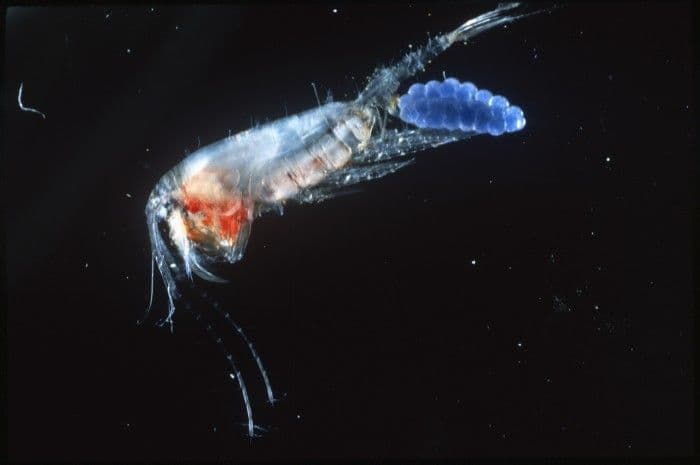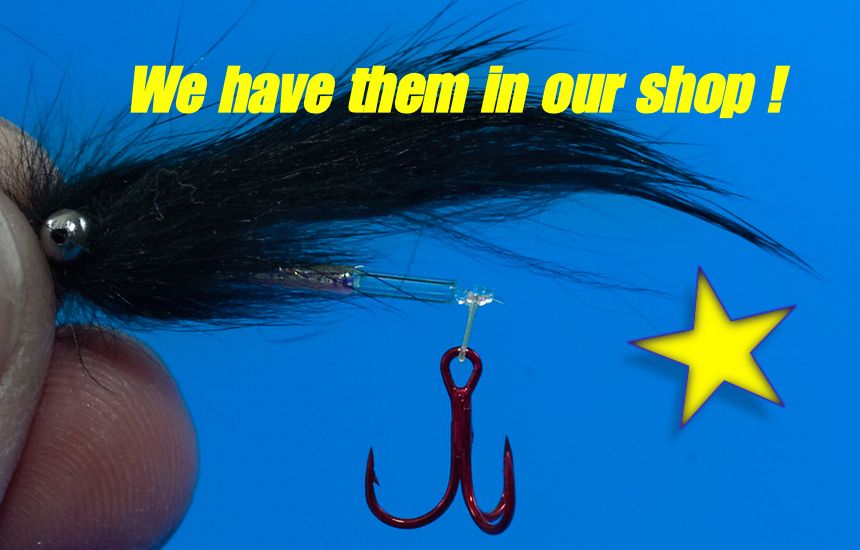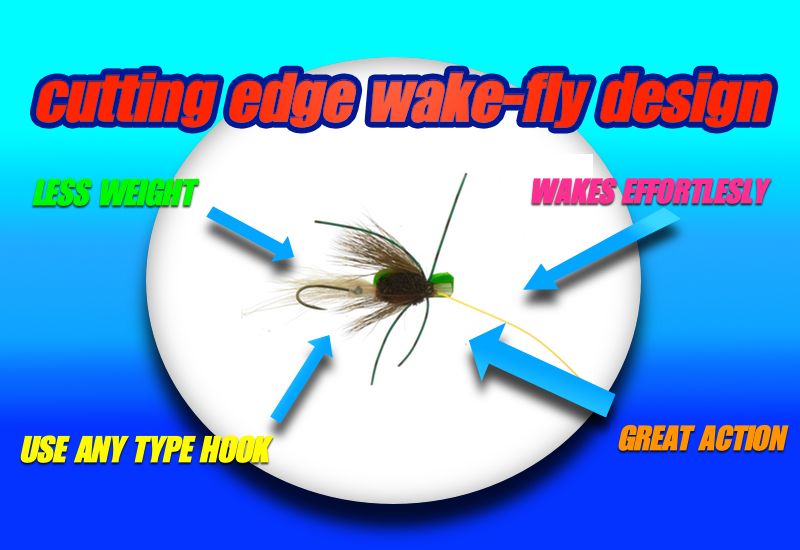Keep polyleaders and your tippet in the refrigerator
Longer lasting when kept cold 99% of chemical reactions go slower if they are cold, and as a guide, for artificial age testing of polymers, the rule of thumb is 10 degrees Celsius = doubling of the time. This is…





